#history books
Text




What is there in this world that truly makes living worthwhile?
ig credit: itsshukran.
#philosophy books#history books#books#book#bookish#bookstagram#books & libraries#booklr#book and literature#book and coffee#book aesthetic#alternative#aesthetic#dark academia#dark academic aesthetic#dark aesthetic#aestheitcs#dark#art#light acadamia aesthetic#light academia#cats#cat aesthetic#catlover#cat#coffee photography#coffee aesthetic#coffetime#coffeshop#coffee
2K notes
·
View notes
Text







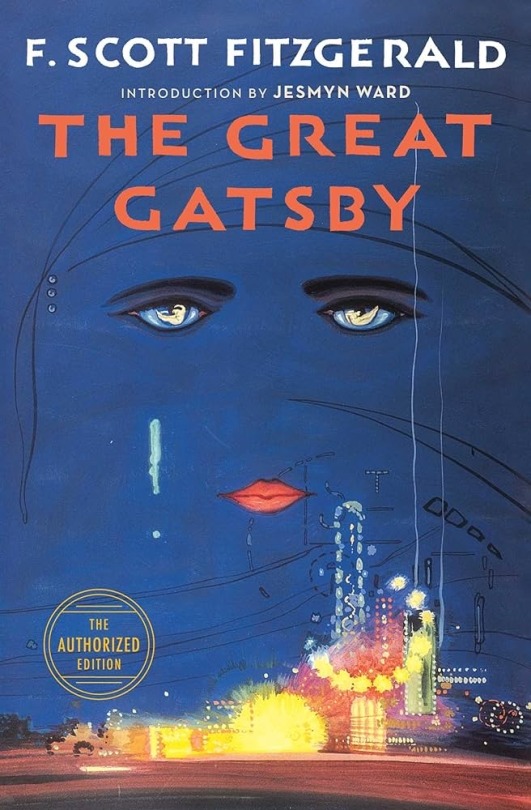


book rec drop!! currently reading ‘speak’, to be finished tomorrow! I’ve been told the ending leaves much to be desired but i’m not so sure just based off what I’ve read (like 150ish of 198 pages) tbd tbh
bye! 🤟
#booklr#bullet train#speak#someone knows my name#books recs#history books#historic fiction#chew comics#comics#comic recs#little monsters#enby#enby representation#enby vampire slay#great gatsby#we have always lived in the castle#myorar#sleep#my year of rest and relaxation#Shirley Jackson#ottessa moshfegh#the secret history#donna tartt#tomie#junji ito#junji ito tomie
128 notes
·
View notes
Text
Favorite things I've seen in actual history books:
Biographer calling their subject "weird" multiple times per chapter.
Author casually insulting historical figures who appear for one paragraph and never again.
In-line citation provided only to mention author disagrees with the person cited.
Straight male biographer includes multiple gay/bisexual anecdotes without realizing his subject is gay/bisexual.
Author provides long list of books about a very specific topic, but excludes a famous one because they think it's garbage and refuse to acknowledge it exists.
20 year running feud between two academics carried on solely through snippy footnotes.
Author goes on tangent about philosophy unrelated to rest of the book.
Author visibly trying to stay professional while translating bad puns and dirty poetry.
Author roasting their own classical sources.
Editor telling you not to try a classical author's recipe because it does not work.
Author is part of a historical reenactment club and shares pictures of themself in costume to demonstrate.
Biographer who clearly had more respect for their subject before writing this book than afterward.
94 notes
·
View notes
Text

"Lively and deeply researched, this remarkable study is an insightful contribution to histories of modernity, comparative performance studies, and culture and gender studies in which the simple act of dressing is a struggle over how the future is imagined.”
82 notes
·
View notes
Text
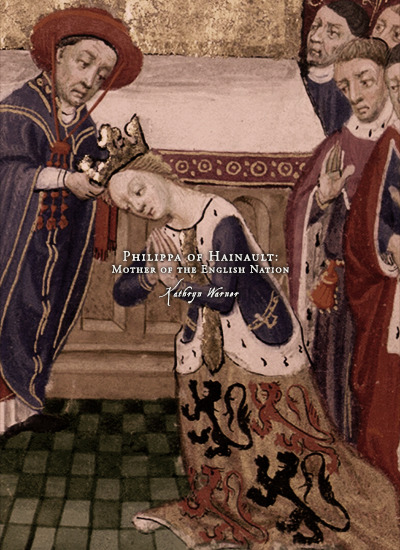

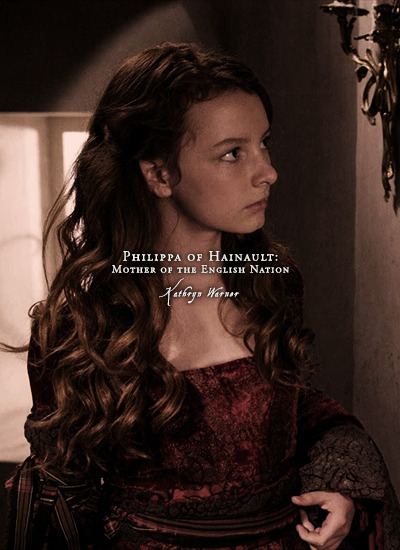


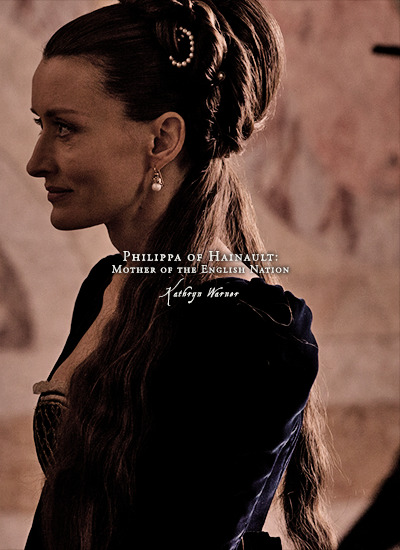
Favorite History Books || Philippa of Hainault: Mother of the English Nation by Kathryn Warner ★★★★☆
Edward III, king of England, was fifteen years old at the time of his wedding in York on 24 or 25 January 1328, and Philippa of Hainault, his bride, was perhaps fifteen months or so younger and, according to one chronicler, about to turn fourteen. Although their marriage was to endure for more than four decades and would prove to be a most happy and successful one that produced a dozen children, it could hardly have begun in a more unromantic fashion. Edward’s mother Queen Isabella had arranged her son’s marriage with Philippa’s father Willem, count of Hainault in 1326 so that he would provide ships and mercenaries for her to invade her husband Edward II’s kingdom in order to bring down the man she loathed above all others, Edward II’s adored chamberlain and perhaps lover Hugh Despenser the Younger. Just a month before his wedding to Philippa, Edward III had attended the funeral of his deposed, disgraced and possibly murdered father, the former king, at St Peter’s Abbey in Gloucestershire. Whether intentionally or not, Edward III and Philippa of Hainault married on his parents’ twentieth wedding anniversary, and on the first anniversary of the young Edward’s reign as king of England.
Philippa of Hainault accompanied her husband abroad on many of his military and diplomatic missions; the couple hated to be apart for long and spent as much time together as they possibly could. Despite Philippa’s decades-long marriage to one of medieval England’s most famous and successful kings, there has only ever been one full-length biography of her, published by Blanche Christabel Hardy in 1910 and titled Philippa of Hainault and Her Times. In addition, two chapters in Agnes Strickland’s nineteenth-century work The Lives of the Queens of England cover the basics of Philippa’s life, and Lisa Benz St John’s 2012 book Three Medieval Queens examines the lives of Philippa and her two predecessors as queen of England.
#litedit#historyedit#house of plantagenet#philippa of hainaut#medieval#french history#belgian history#english history#european history#women's history#history#history books#nanshe's graphics
62 notes
·
View notes
Text
The Years of Extermination by Saul Friedlander
Hitler’s Empire by Mark Mazower
Bloodlands by Timothy Snyder
= my big 3 rn. this book (the one that I’m writing) requires a huge amount of contextual exposition about everything from the evolution of Nazi thought regarding the solution to the “Jewish problem,” to why Hitler felt the need to invade the USSR, to what the fuck kind of games Stalin was playing wrt Poland.
Also, Years of Extermination is probably the best work of Holocaust history I’ve ever read and I highly recommend it.
49 notes
·
View notes
Text
Get yourself a friend who'll borrow you books like this:
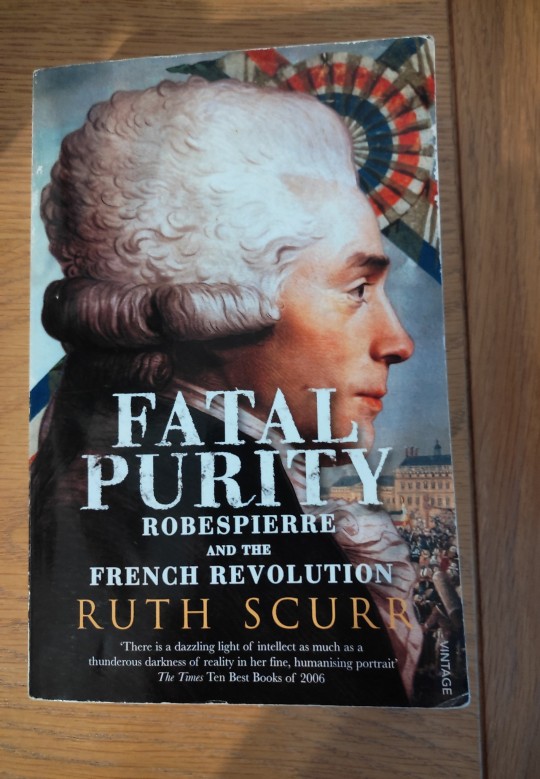
(or alternatively, get yourself a friend who doesn't do it a couple of weeks before your final state exams. Ugh, must... focus... on... studying...)
Still, goals though 💅
#it seems pretty balanced so far? I can definitely see why it says a 'humanising portrait' on the cover#the writing is definitely good#maximilien robespierre#catch me reading this until the small hours and learning precisely nothing about the development of 20th century historiography#french revolution#as Wilde said I can resist everything except temptation#frev#frev community#robespierre#history books#french history#fatal purity#biography
41 notes
·
View notes
Text
By the age of 10, most children in the United States have been taught all 50 states that make up the country.
40 notes
·
View notes
Text

“Today’s residential segregation in the North, South, Midwest, and West is not the unintended consequence of individual choices and of otherwise well-meaning law or regulation but of unhidden public policy that explicitly segregated every metropolitan area in the United States.”
-Richard Rothstein
#thekbsmusic#books & libraries#bookworm#book review#book quotes#bookstagram#books and reading#booklover#booksbooksbooks#bookshelf#books#book recommendations#history books#history#black history#america#us#united states#reading#politics#political philosophy
67 notes
·
View notes
Text
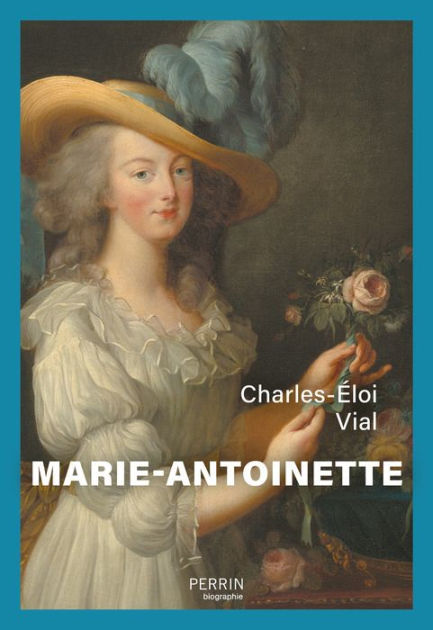
Charles-Éloi Vial's new book on Marie Antoinette is released today (French only); a digital edition can be purchased from a variety of retailers (Amazon, Barnes and Noble, etc) outside France. Vial's book intends to go back to primary sources and archival documents to discover a Marie Antoinette at the root.
#marie antoinette#french history#history books#really interested for this one... already bought my copy but it's 600 pages and my French is so rusty#gonna be a while lol
44 notes
·
View notes
Text

When I saw this ,I started laughing so hard😂😂😂
22 notes
·
View notes
Text




I wandered everywhere, through cities and countries wide.
ig credit: bookishcoffeelover.
#philosophy books#history books#books#book#book and coffee#book and libraries#book art#book aesthetic#travel aesthetic#travelling#travel#home#house#alternative#aesthetic#dark academia#dark academic aesthetic#dark aesthetic#aestheitcs#dark#art#light acadamia aesthetic#light academia#museum aesthetic#museum collections#art museum#museum
1K notes
·
View notes
Text
As I promised, let's start with the bookscans:
Al-ANDALUS. PERSONAJES HISTÓRICOS
(Al Andalus. Historical figures)
Concepción Masiá
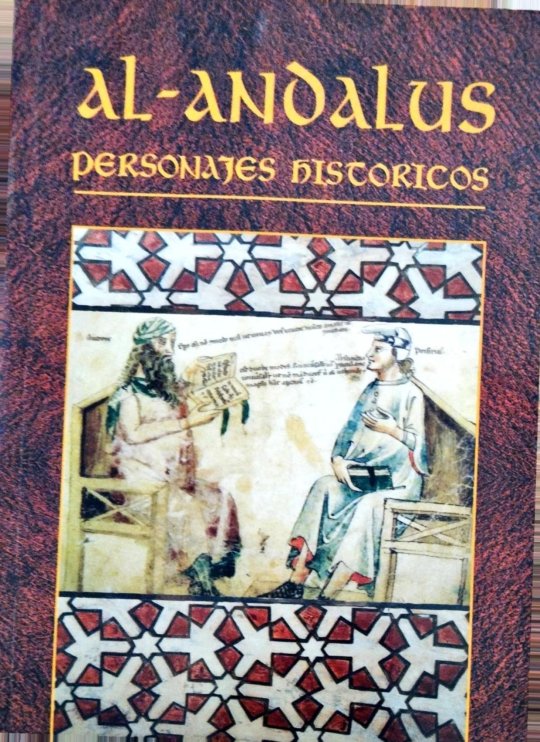
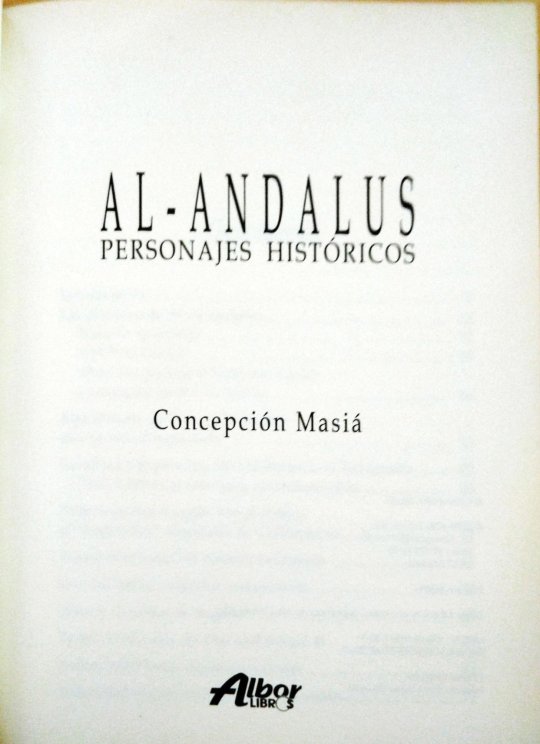

Summary
Introduction.................................. 9
The precursors of al-Andalus.....13
Count Don Julián....................13
Tarif ben Malluk. ....................15
Musa ben Nusayr and Tariq ben Ziyad: the conquerors of Spania...........16
Abd al-Aziz: a good governor with an unfortunate fate ..........................25
The Odyssey of Prince Abd al-Rahman the Immigrant......................................29
Abd al-Rahman was only twenty-five years old.........................................36
Sulayman ben Yaqzan ben al-Arabi: Charlemagne's deceived "deceiver" ........................... ...........41
Amrus ben Yusuf: the muladí of Huesca
.............................................................47
The “rabadies”: adventurous spirits.. ..............................................53
Ziryab: the singer of Baghdad........61
Tarub: the favorite of Abd al-Rahman II...............,...........................................67
Abbas ben Firnas: the first aviator............................ ......................73
Yahya ben Hakan al-Bakri: the miserly poet.....................................................77

Abd al Chabbar and Sulayman ben Martin: the rebels of Mérida..........................81
Eulogio and Álvaro de Córdoba:
pursuing martyrdom..........................85
The Andalusian Vikings..................... 95
The emir Abd Allah distrust and death...............................….................... 101
Musa ben Musa ben Qasi: the third king of Spain.......................................................107
Ibn Hafsun: the unredeemed rebel.....115
Abu Alí al-Sarrach: the Andalusian missionary. ...........................................125
Ibn Masarra: a freethinker in Spanish Islam.......,...........,...................................131
Abd al-Rahman III:
the first independent caliph of al-Andalus. ...........,................................137
Hasday ibn Shaprut:
the Jewish doctor of Abd al-Rahman III............ ....... ...................... ................... 145
Andalusians in France: the “Moorish kingdom” of Fraxinetum....................... 151
Rabbi ben Zayd: Bishop Recemundo............................................. 157
Al-Hakam al-Mustansir bi-llah:
passion for culture.................................. 161
Ibn Abd Rabbhi, the encyclopedist,
and Ibn Futais, the collector.................. 167
Al-Mansur “the Victorious” ...................171
Hisham II and Sanchuelo: misrule. .......191
Abu Muhammad Ali ibn Hazm:
The pigeon neackle................................209
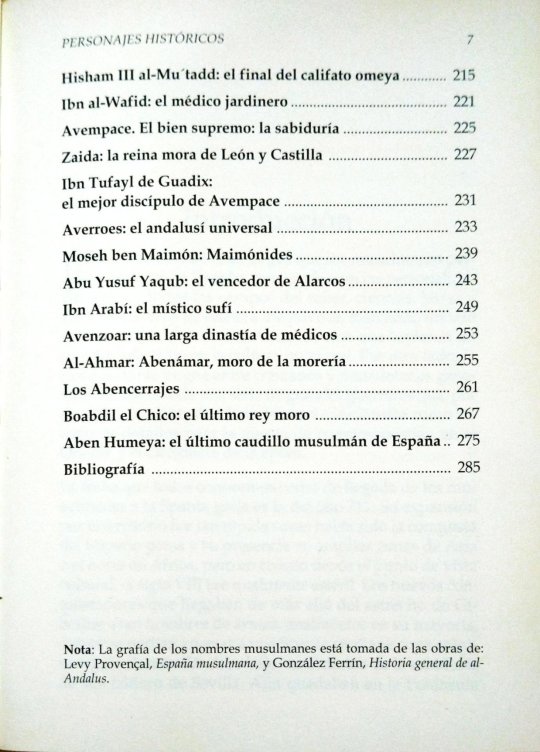
Hisham III al-Mu'tadd: the end of the Umayyad caliphate...............................215
Ibn al-Wafid: the gardener doctor.....221
Avempace. The supreme good: wisdom...................................................225
Zaida: the Moorish Queen of Leon and Castile........................................................227
Ibn Tufayl of Guadix:
the best disciple of Avempace................. ............................ .231
Averroes: the universal Andalusian....233
Moseh ben Maimon: Maimonides..... ..239
Abu Yusuf Yaqub: the winner of Alarcos......................................................243
Ibn Arabi: the Sufi mystic.....................249
Avenzoar: a long dynasty of doctors. ...................................................253
Al-Ahmar: Abenámar, Moor of the Morería. ...,...............................................255
The Abencerrajes. ..................................261
Boabdil the Younger: the last Moorish king ............................................................267
Aben Humeya: the last Muslim leader of Spain................ ..........................................275
Bibliography .............................................285
Note: The spelling of Muslim names is taken from the works of: Levy Provençal,
Muslim Spain, and González Ferrín, General History of al-Andalus.

Introduction
In the long eight hundred years that the Muslims remained in Spain, there were many personalities who, in all the fields of knowledge, sciences, letters and arts, stood out unequivocal, marking a milestone not only in the culture of al-Andalus, but that had a relevant character in universal culture.
On the other hand, the almost constant struggle between Christians and Muslims would also generate a whole series of great warriors who, for example, the infante Don Juan Manuel considered the best gifted for the war of all those who existed in the East and the West of their time.
The date that we all know as the arrival of the Muslims to Gothic Spania dates back to the year 711. Its expansion throughout the territory was so rapid as had been the conquest of the Persian empire and its presencein large areas of Asia or North Africa, but from a cultural point of view, the 8th century was totally sterile. The new conquerors who arrived from beyond the Strait of Gibraltar, were men at arms, mostly illiterate, who could do little contribute to a Christian Spania whose culture continued to develop under the dictates of the wisdom of Saint Isidore of Seville. Still they were left on the Peninsula
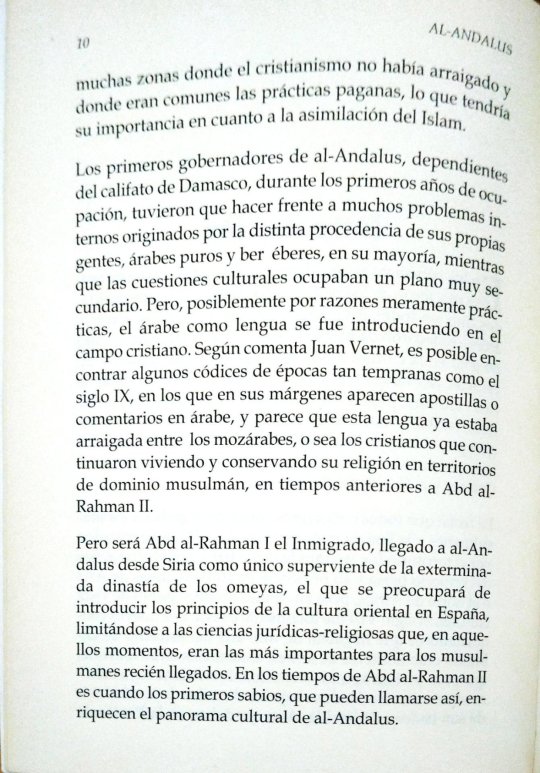
many areas where Christianity had not taken root and its importance regarding the assimilation of Islam.
The first governors of al-Andalus, dependent on Caliphate of Damascus, during the first years of occupation
had to face many enormous internal problems, originated by the different origins of their own people, Arabs
and berebers, mostly, while cultural issues occupied a very secondary level. But, possibly for purely practical reasons, Arabic as a language was introduced into the Christian field. According to Juan Vernet, it is possible to find
some codices from times as early as the 9th century, that in its margins appear apostilles or comments in Arabic,
and it seems that this language was already rooted among the Mozarabs,
that is, the Christians who continued to live and preserve their religion in Muslim-dominated territories, in times
before Abd al-Rahman II.
But it will be Abd al-Rahman I the Immigrant, who arrived in al-Andalus from Syria as the only survivor of the exterminated Umayyad dynasty, the one who will be concerned with introducing the principles of oriental culture in
Spain, limiting itself to the legal-religious sciences that, in those moments, were the most important for the newly Muslims
arrived. It was during the time of Abd al-Rahman II that the first wise men, who can be called that, enrich the cultural landscape of al-Andalus.

Poets, doctors, philosophers, mathematicians, geographers, undefeated generals...All of them will give al-Andalus and Europe a series of works that, by their importance will be translated, searched, accepted and will serve as a basis for the western culture and Renaissance ideas, in such a way that many of the great sages of the Italian Renaissance considered that all knowledge of the time came from Muslim Spain, which all the wise men were of Andalusian origin. And when the political decline and the disintegration of the caliphate, will not stop birth, grow and develop distinguished minds that will continue to maintain,for a long time, the prestige of al-Andalus. Curiously, this situation will be repeated throughout the history of Spain, when the Arab occupation just be a memory. The Spanish Golden Age will coincide with decadence of the Austrias, when the country loses its pre-ponderance in Europe, and with the disaster of '98, with the loss for Spain of its last colonies, will produce a cultural and scientific renaissance that has been called the Silver age.
Through the pages of this book we want to highlight those figures who occupied a predominant place in the history of al-Andalus, although not all of them were necessarily Muslims, since that in that cultured and tolerant al-Andalus, many Jews and some other Christians showed their genius, and of those who, often, we know more about his works than about his biography. But whatever religion they had, they were all, after all, Andalusians, born and raised in the extensive lands of al-Andalus. As a matter of curiosity we will include some groups of characters
anonymous people who, due to their surprising
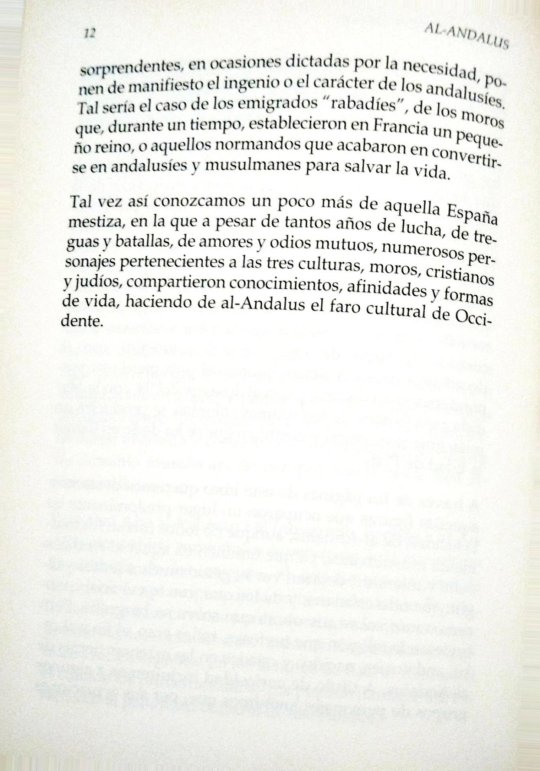
actions, on occasions dictated by necessity, they reveal the ingenuity or character of the Andalusians. Such would be the case of the "rabadíes", of the Moors who, for a time, established a small kingdom in France, or those Normans who ended up becoming Andalusians and Muslims to save their lives.
Perhaps this way we will learn a little more about that crossbred Spain, in which despite so many years of struggle, truces and battles, mutual loves and hates, numerous characters belonging to the three cultures, Moors, Christians and Jews shared knowledge, affinities and forms of
life, making al-Andalus the cultural beacon of the West.

The precursors of al-Andalus
Count Don Julián
The conquest of Morocco had been carried out quickly, but shallow. The Berbers were only subdued after a fierce resistance, defeated by an ambitious general who had just been appointed governor of Ifriqiya and Maghrib. His successes in these lands
They would prepare the ground for him to be the one to set his eyes and, also
his troops, over Gothic Spania. It was Musa ben Nusayr.
Musa, with the help of one of his sons, took possession of Tangier, and demanded that the subjugated tribes hostage to educate them in the new faith, which in turn, became propagandists of Islam, leaving in the conquered Morocco
Arab lieutenants, including General Tariq ben Ziyad, he turned to Ifriqiya. But it seems that the Ceuta square remained
in the hands of a Christian, the so-called Count Don Julián, who would have a
determining role in this entire story. We could consider it as a precursor of that al-Andalus that was about to be born.
#bookblr#book scans#historyblr#history books#al andalus#al andalus. personajes históricos#al andalus. historical figures#history#spanish history#musa ibn nusayr#tariq ibn ziyad#conde don julián#count don julián#count julian
26 notes
·
View notes
Text
Books about Napoleonic era (and Polish history) - 3
Good day, dear all, and let me share with you some books I've read recently.
And because today is the birthday of Tadeusz Kościuszko I'll start with a biography of him The Peasant Prince, by the American historian Alex Storozynski:

2. One more position about the Polish history, in English, I'd like to recommend you is Richard Butterwick's The Polish-Lithuanian Commonwealth, 1733–1795: Light and Flame, dedicated to the reigns of Polish-Lithuanian two last kings, Augustus III Wettin and Stanisław August Poniatowski:
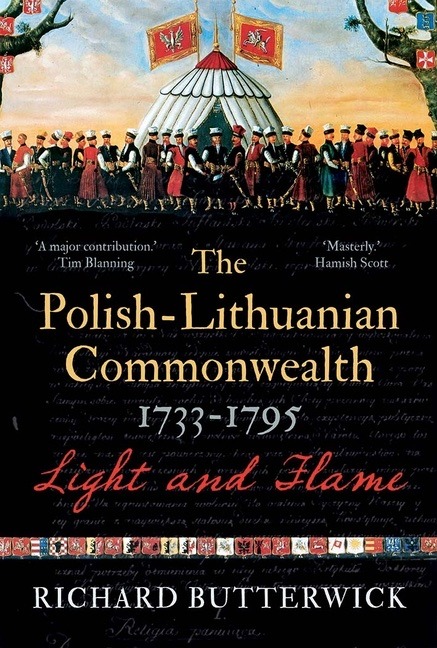
From the topic of Polish history let's switch to the French one.
3. One more addition to my collection of Talleyrand's biographies was this one, written by Robin Harris:

4-5. Then, there were two books about Napoleon's private life, by Octave Aubry and Sigrid-Maria Größing:
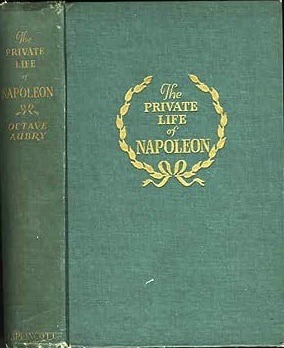

6-7. A study on the topic of French revolutionary and imperial generals, by Georges Six, and George Nafziger's Imperial Bayonets. (These were books with lots of military details, so I can't say I've enjoyed them thoroughly, rather not belonging to their target audience))
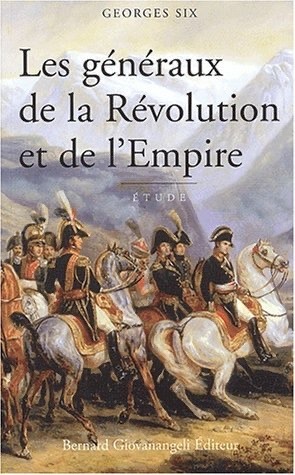

8. And this is a book I really liked, The anatomy of Glory by Henry Lachouque! And though its subtitle (Napoleon and his Guards) kinda states the book will be focused on the Imperial Guards, in fact its topics turned out much more wider, including information on Napoleon himself, France and even some details of the usual life of that times:

9. The book majority of you have already read, The Iron Marshal, a biography of Louis Nicolas Davout by John Gallaher:

10-11. And the last but not the least - two books on Murat. The first is a book by the French historian Jean Tulard and the second is an impressive work of Sarah Hammel @joachimnapoleon.


Thanks a lot, Sarah, for letting as see Joachim Murat through his letters, from his own point of view!
#books#napoleonic era#history books#kościuszko#tadeusz kościuszko#Alex Storozynski#Polish-Lithuanian Commonwealth#Richard Butterwick#Talleyrand#charles maurice de talleyrand périgord#Robin Harris#napoleon#napoleon bonaparte#Octave Aubry#Sigrid-Maria Größing#Georges Six#George Nafziger#Henry Lachouque#Louis Nicolas Davout#John Gallaher#joachim murat#jean tulard#Sarah Hammel
38 notes
·
View notes
Text
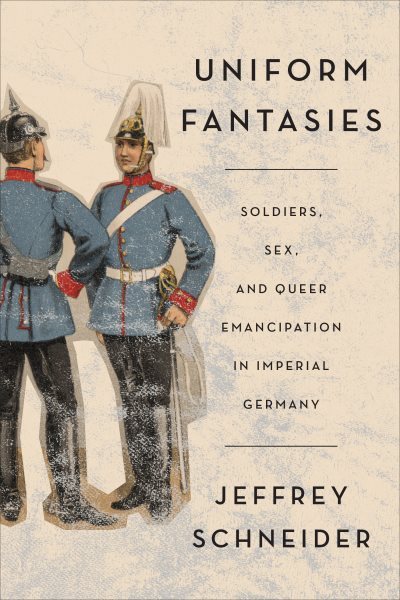
"In centring questions of fantasy as well as the paradoxes and ambivalences of erotic desire, and exploring the astonishingly myriad ways controversies over German militarism intersected with arguments about gender and sex, Schneider provides a wholly fresh take on the cultural context in which the first queer rights movement in the world was born. Ingenious original readings of novels by the mutually warring Mann brothers are a particular highlight."
112 notes
·
View notes
Text
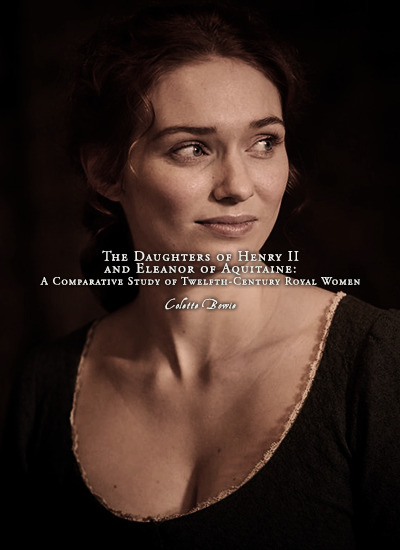


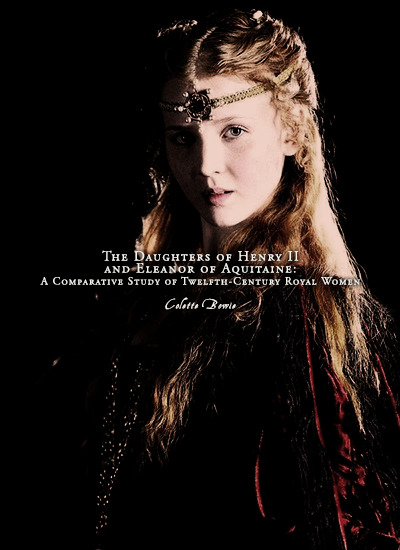


Favorite History Books || The Daughters of Henry II and Eleanor of Aquitaine: A Comparative Study of Twelfth-Century Royal Women by Colette Bowie ★★★★☆
This study compares and contrasts the experiences of the three daughters of Henry II and Eleanor of Aquitaine. The exogamous marriages of Matilda, Leonor, and Joanna, which created dynastic links between the Angevin realm and Saxony, Castile, Sicily and Toulouse, served to further the political and diplomatic ambitions of their parents and spouses. It might be expected that their choices in religious patronage and dynastic commemoration would follow the customs and patterns of their marital families, yet the patronage and commemorative programmes of Matilda, Leonor, and Joanna provide evidence of possible influence from their natal family which suggests a coherent sense of family consciousness.
To discern why this might be the case, an examination of the childhoods of these women has been undertaken (Part I), to establish what emotional ties to their natal family may have been formed at this impressionable time. In Part II, the political motivations for their marriages are analysed, demonstrating the importance of these dynastic alliances, as well as highlighting cultural differences and similarities between the courts of Saxony, Castile, Sicily, and the Angevin realm. Dowry and dower portions (Part III) are important indicators of the power and strength of both their natal and marital families, and give an idea of the access to economic resources which could provide financial means for patronage. Having established possible emotional ties to their natal family, and the actual material resources at their disposal, the book moves on to an examination of the patronage and dynastic commemorations of Matilda, Leonor and Joanna (Parts IV-V), in order to discern patterns or parallels. Their possible involvement in the burgeoning cult of Thomas Becket, their patronage of Fontevrault Abbey, the names they gave to their children, and finally the ways in which they and their immediate families were buried, suggest that all three women were, to varying degrees, able to transplant Angevin family customs to their marital lands. The resulting study, the first of its kind to consider these women in an intergenerational dynastic context, advances the hypothesis that there may have been stronger emotional ties within the Angevin family than has previously been allowed for.
#historyedit#history books#litedit#house of plantagenet#english history#medieval#french history#european history#women's history#history#nanshe's graphics
54 notes
·
View notes